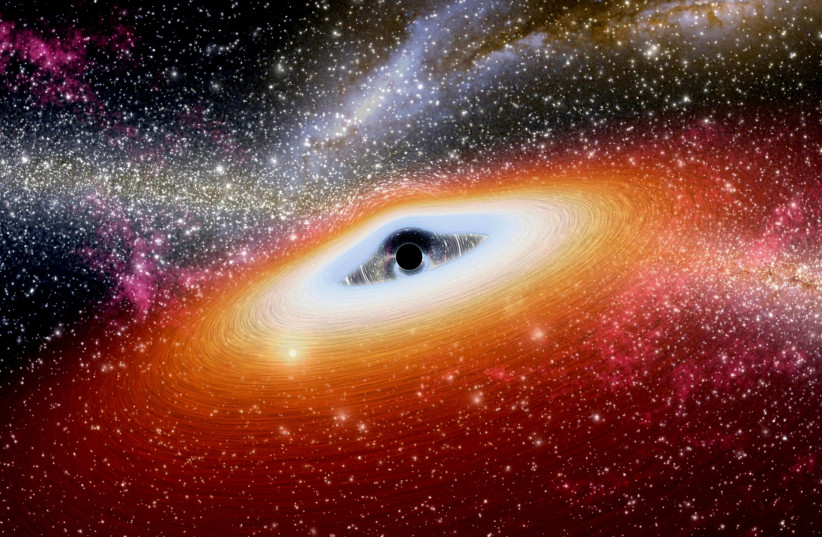Researchers have discovered the first dormant black hole outside of the Milky Way in a study published this week.
The study, which was published in the peer-reviewed Nature journal, was run by a team of experts that usually debunk black holes.
"For the first time, our team got together to report on a black hole discovery, instead of rejecting one," said Tomer Shenar who led the study. "We identified a needle in a haystack."
How is a black hole formed?
When a star dies, it collapses in on itself and becomes a black hole. In a binary system in which two stars revolve around each other, the result is a black hole accompanied by a luminous star.

Some black holes emit high levels of X-ray radiation that make them more easily detected, but dormant black holes lack the radiation and are much harder to spot because they don't interact with their surroundings as much.
The dormant black hole found in the study, classified as VFTS 243, is at least nine times the mass of the sun.
"It is incredible that we hardly know of any dormant black holes, given how common astronomers believe them to be,” said Co-Author Pablo Merchant.
"For more than two years now, we have been looking for such black-hole-binary systems," said Julia Bodensteiner who also took part in the study.
"I was very excited when I heard about VFTS 243, which in my opinion is the most convincing candidate reported to date."
Julia Bodensteiner
Do black hole stars explode?
The discovery of VFTS 243 may be able to help astronomers understand how black holes are formed. While it is known that black holes are formed from the core of a collapsing star, astronomers are still unsure if a powerful supernova explosion is necessary.
"The star that formed the black hole in VFTS 243 appears to have collapsed entirely, with no sign of a previous explosion," explained Shenar. "Evidence for this 'direct-collapse' scenario has been emerging recently, but our study arguably provides one of the most direct indications. This has enormous implications for the origin of black-hole mergers in the cosmos."
